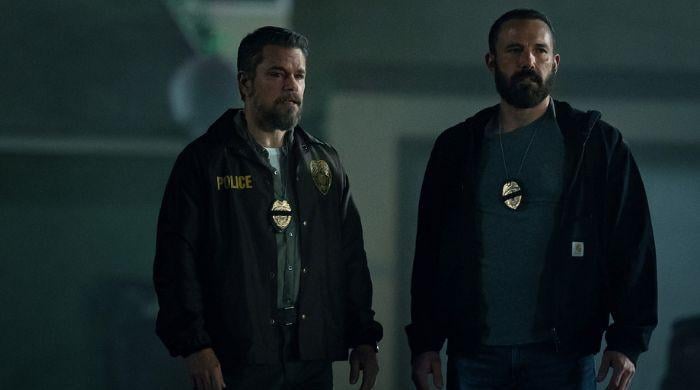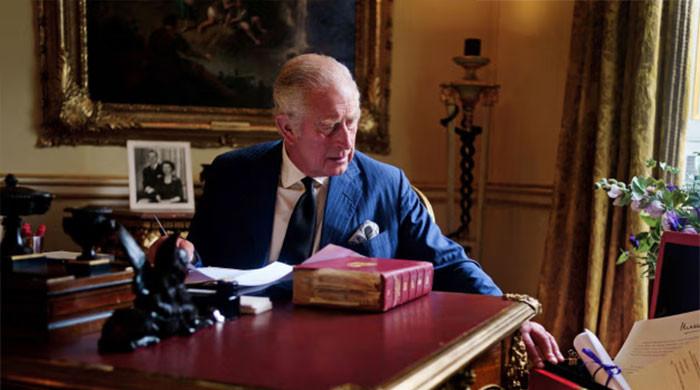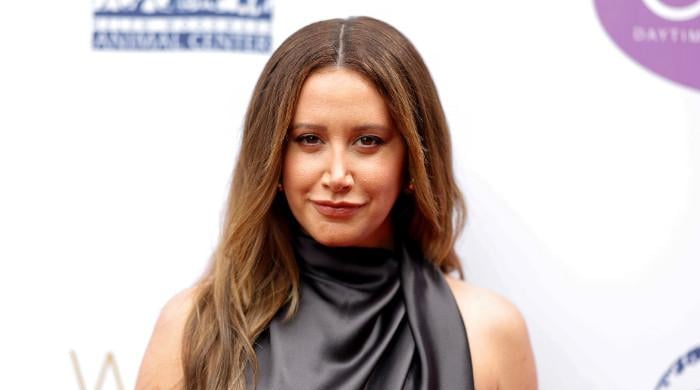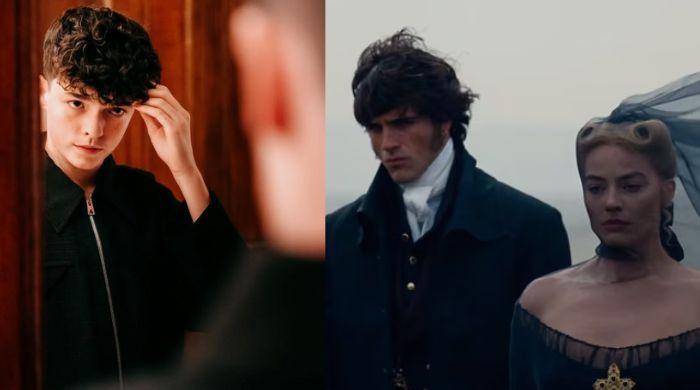The heroes who shaped Pakistan’s film industry
The top six actors who were influential in the history of Pakistani cinema
November 15, 2017
The Pakistan film industry was at par with Bollywood during the 60s and very early 70s, thanks to a brilliant late 50s when an industry that was shaped from nothing, was churning out hits.
After gaining Independence from British Raj in 1947, the entire government machinery was in disarray, and the movie industry was no different. No equipment, shortage of funds, load-shedding and lack of trained staff were the major hindrances faced by the ‘yet-to-be-established industry’. Luckily, Pakistan had the services of film directors and music composers who had experience of working in pre-partition India.
Shaukat Hussain Rizvi, the man who turned Dilip Kumar into a star with Jugnu (1947) established his studios at Lahore that produced Chann Way (1951), the country’s first silver jubilee film. Fazli brothers, the duo of Sibtain and Hasnain Fazli, famous for making Muslim social films in India also came over; Sibtain Fazli gave the country’s first Urdu hit ‘Dupatta’, which introduced Shah Zaman Khan Afridi as Sudhir.
Sudhir
Sudhir became one of the two actors who shouldered the industry in its early days.
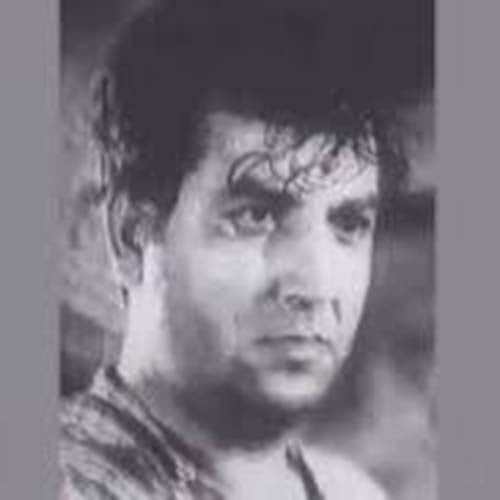
A Pashtun who spent his life in Lahore, he was part of Sassi (1954), the first ever Urdu film to celebrate Golden Jubilee. His other notable films are Baghi (1956), Yakke Wali (1957), Aakhri Nishan (1958),Society (1959), Ajab Khan (1961), Farangi (1962) and later, Soorat aur Seerat (1975), Andata (1976) (where he played a role similar to Marlon Brando’s Don Vito Corleone), Zalzala (1987) and Son of Andata (1987).
Sudhir died in 1997 in Lahore after a successful 40-year stint in the industry.
Muhammad Ali
Sudhir as an action hero was toppled by Muhammad Ali whose depiction of Daku in Aag ka Darya (1966) established him as a young angry man.
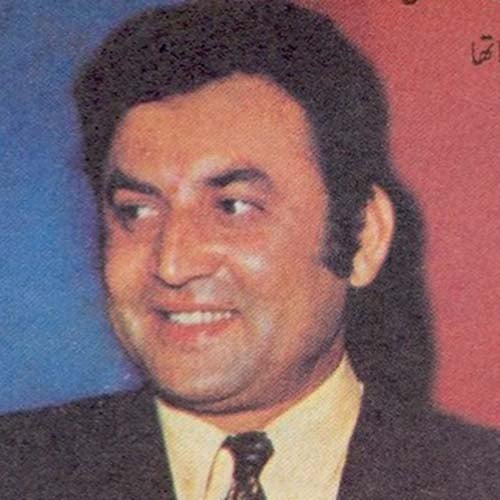
Muhammad Ali had earlier shown signs of brilliance as a rebel in Riaz Shahid-Jamil Akhtar’s Khamosh Raho in 1964, and his roles in Baghi Sardar (1966), Mahal (1968), and Sarhad ki Gode me (1973) were proof of his action persona.
The actor turned to character roles in the 80s, finally taking a break in the 90s. Even approaching 60, he was marvellous as Dino Kaka in Saeed Rizvi’s sci-fi thriller Shanee (1989), one of his last films.
Santosh Kumar
If smartness ever had a face, it would definitely resemble Santosh Kumar. Born as Syed Musa Raza, he was the ‘other’ person who handled the romantic and tragic lead in the early days of Pakistan film industry.
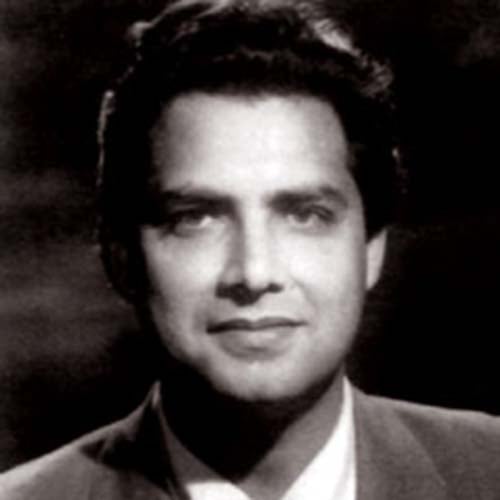
Like Sudhir, he did work in a film in India before partition but ultimately got recognition in 1950 from Do Aansoo, the film which also brought to front actors like Sabiha Khanum and Allauddin. Santosh shared superb chemistry with Sabiha Khanum on screen and gave hits like Waada, Qatil, Inteqam, Hameeda, Sarfarosh, Ishq-e-Laila, Saath laakh, Hasrat and Mausiqar. They got married in 1958 and were regarded as the ‘perfect couple’ till Santosh Kumar’s death in 1982. Santosh always played roles fit for his age and had no qualms about playing ‘elder brother’ to young actors. Zeba played his wife in Lori when Santosh was Muhammad Ali’s brother yet he was Zeba’s father in Muhabbat in 1972 when Ali was playing the lead.
By mid-60s, younger actors like Kamal and Ejaz were successful in establishing themselves as ‘heroes’. Both had many things in common, they were actors in the mould of Raj Kapoor, were successful in Urdu as well as Punjabi films and sustained the change that swept their predecessors away.
Waheed Murad
It was after the September War of 1965 when Indian films were completely banned from releasing in Pakistan. No Dilip Kumar, Raj Kapoor or Dev Anand for the cine-goers, yet Pakistan came up with their own superstar; Waheed Murad. He was the son of a famous film distributor Nisar Murad from Karachi and was born with a silver spoon in his mouth.
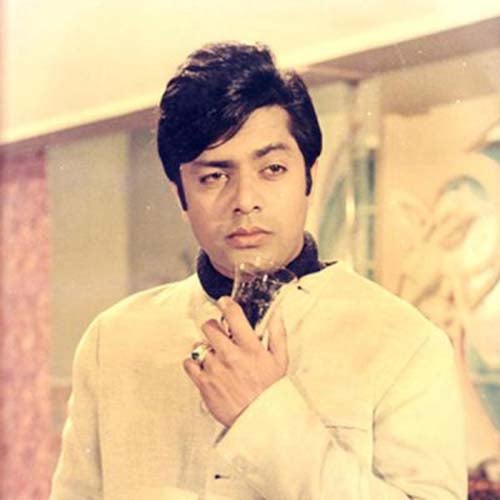
The good-looking actor could move like Dev Anand, was himself a producer like Raj and had a dashing personality, like Dilip. Waheed Murad’s style, be it his walk, delivering of dialogues or the way he combed his hair; got so popular among people, that you might get ‘uncles’ these days still dressed in trousers worn back then, donning a hairstyle that was in fashion half a century back.
Waheed entered the industry as a producer in early 60s but was cast as a supporting actor by veteran director/producer S.M.Yusuf, who recently migrated from India. It was evident in Aulad, Daaman, Eid Mubarak (despite having a couple of songs) that he was playing second fiddle to Habib and Santosh. Waheed Murad established himself as a hero in Heera aur Pathar in 1964 and went on to produce and act in musical hit Armaan, which took the nation by storm. Ko ko ko Reena is still the most popular song of this nation. Waheed Murad was at ease whether performing romantic, tragedy, comedy or action roles. He was at his peak in the mid-70s, until the film industry was hit by the VCR saga. Only two people sustained the VCR revolution and ‘censor laws’ by Zia-ul-Haq regime which damaged the industry in many ways. They were Nadeem Baig and Sultan Rahi.
Nadeem Baig
Nadeem Baig started his career in 1967 with the blockbuster Chakori in East Pakistan. He remained a tough contender for Waheed Murad in the early 70s, but his teaming up with Pervez Malik (Waheed Murad’s childhood friend and director of Heera aur Pathar and Armaan) and Nazrul Islam enabled him to cement his place as numero uno in the industry from 1975 onwards.
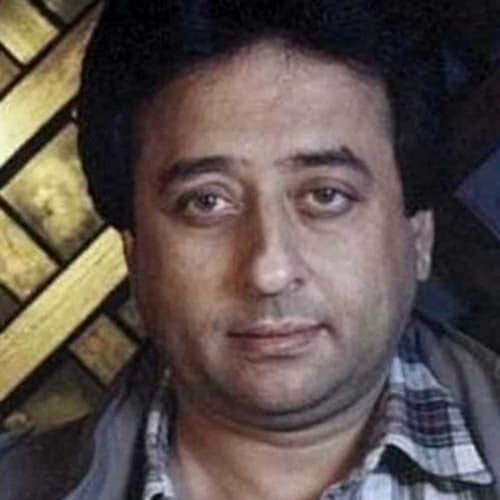
With hits like Pehchan (1975), Talash (1976), Qurbani (1981), Meherbani (1982) , Kamyaabi (1984) with Pervez Malik and Aina (1977), Ehsas (1972), Zindagi (1978), Bandish (1980) with Nazrul Islam, Nadeem had no match in Urdu films.
He turned to character roles in the 1990s, and with the downfall of the film industry, he moved to TV and has been active since the beginning of the millennium.
Sultan Rahi
As for the Punjabi films, it was Sultan Rahi, who ruled the box office for a good two decades. Rahi started as an extra and can be seen in the background in films like Baghi (1956).
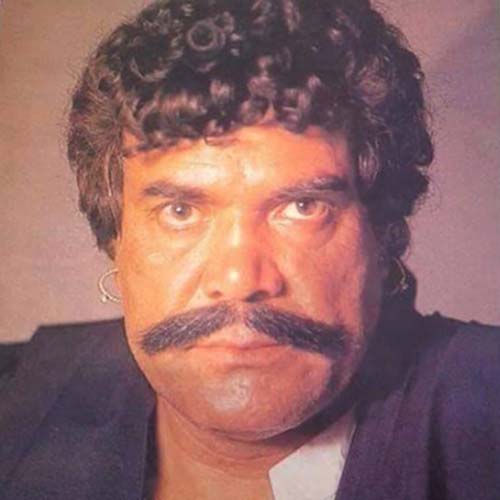
Rahi was part of Muhammad Ali’s bunch of swordsmen in Baghi Sardar (1966) with some dialogues, but it was Punjabi film Basheera (1972) which made him a star. Wehshi Jatt and Moula Jatt followed respectively in 1975 and 1979 and with the substantial decrease in Urdu films by mid-80s, Sultan Rahi eventually became the superstar the country needed. He was named in the Guinness Book of Records with the most number of films to his name. Rahi continued to rule the film world until his death. He was killed on G.T.Road near Gujranwala on 9th January 1996 by unknown assailants, thus ending the 40-year career of a legend.
Currently, the Pakistan film industry is passing through a re-invention process and needs time to rise. A handful of films get released every year and Indian films are stopped from screening at ‘Eids’ to make sure Pakistani films get a decent run at the box office. Our actors and directors have potential to make it big, yet they are unaware of it. The ones who have been around for long are afraid to take risks and the ones who are new, want to stay around for long. There is a thin line between revival and survival, hope they understand.
The author has also written on actors who shaped Hollywood and Bollywood.




